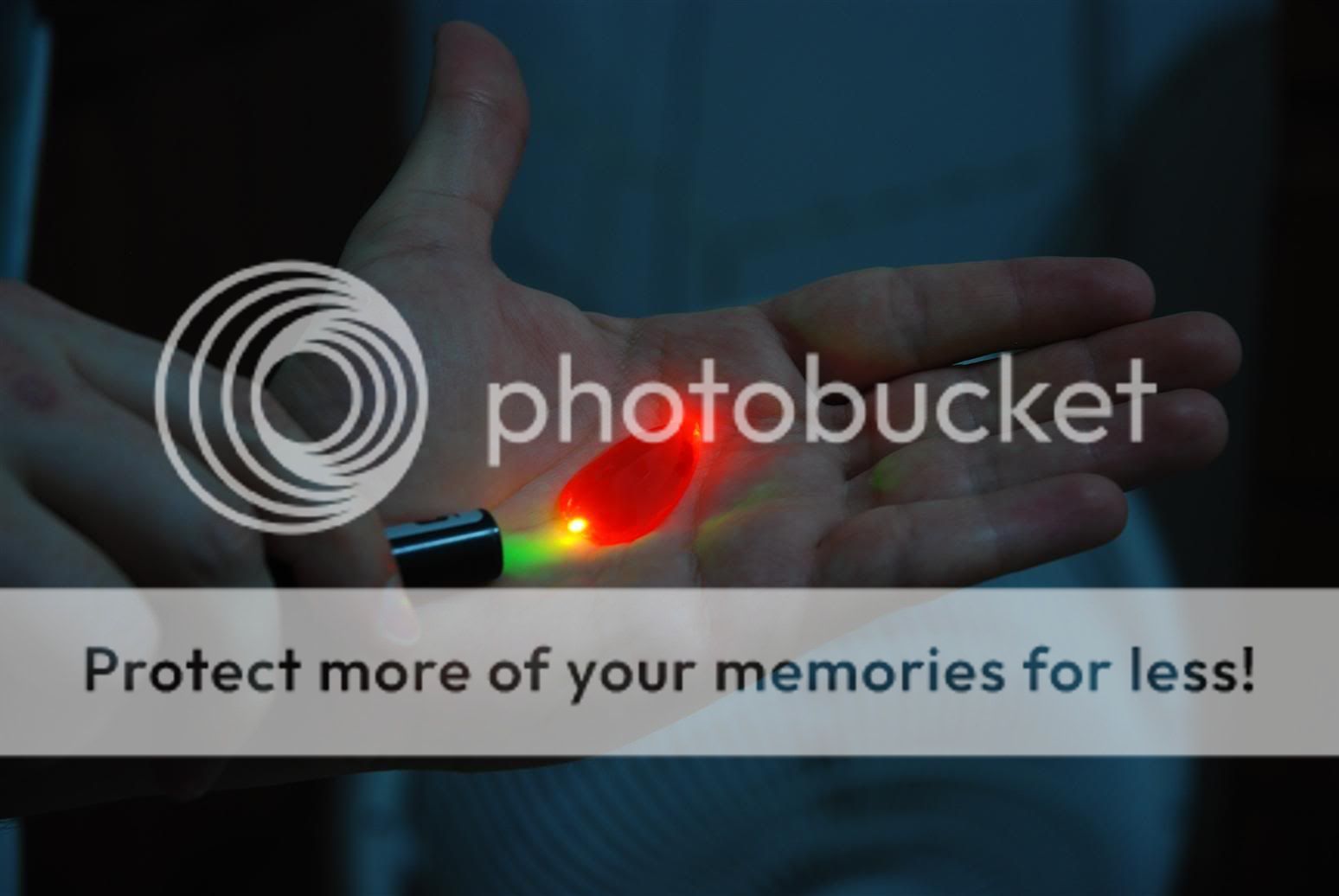When a photon of the right wavelength is absorbed by an electron, the extra energy can "bump" or "excite" the electron into a higher energy state. This is only temporary, and the electron will release that extra energy as another photon.
Correct.
The emitted photon's energy is equivalent to the difference in energy applied and energy absorbed. Energy is lost as heat and as vibrations in the particle, so the wavelength of the emitted photon is longer (less energetic) than the photon absorbed.
Close, but not quite. The wavelength of the emitted photon is entirely decided by the material, NOT by the wavelength of the original photon (as long as the original photon is low enough wavelength to achieve fluorescence of course, but if it wasn't we wouldn't be having the conversation). The original photon excites an electron into a higher energy state. This could be across a bandgap as in the case of a semiconductor, or it could be between orbitals in individual atoms like is the case in doped glass, where you are exciting electrons around individual atoms (but many of them).
The electron absorbs all the energy of the photon, and goes up to a level with that energy. In a semiconductor that fluoresces, as long as there is enough energy to get up into the conduction band across the bandgap, then it'll land in the CB at the same energy level as the energy it absorbed from the photon. If the photon doesn't have enough energy to get into the conduction band, then the photon won't be absorbed and we wouldn't be having this conversation). Once an electron is in the CB, it'll fall in energy back down close to the bottom of the conduction band by other mechanisms (heat, etc). Then it'll fall back down to the valence band, through the bandgap, giving off a photon. But you see, the photon wavelength/energy then corresponds to the bandgap, not how much energy went in. All the energy got absorbed, but the ligth was determined by the bandgap of the material, nothing else.
The same happens with things like glass, except instead of bands, you have individual orbitals at precise energies. So the wavelength emitted corresponds directly to the orbital energies present in the material, and has nothing to do with the wavelength of the incident light (once more, as long as the light has at least the minimum energy to get an electron into a higher orbital).
Make sense?
In some instances two photons can be absorbed, in which case a single photon of higher energy may be emitted.
Violet/UV light is NOT the only light that can cause fluorescence.
Fluorescence is similar to stimulated emission (lasers) and phosphorescence (aka glow-in-the-dark) in that a photon must act on a molecule which causes the molecule to emit another photon... but there are differences.
Correct. Phosphorescence is just slow fluorescence, and stimulated emission is just the counterpart to the stimulated absorption that allows for fluorescence and phosphorescence both to exist.
As long as the energy of a photon is high enough to get absorption across the gap/orbitals/whatever, then the light can cause fluorescence, so any color higher in wavelength is "fluorescable" by a given laser.












